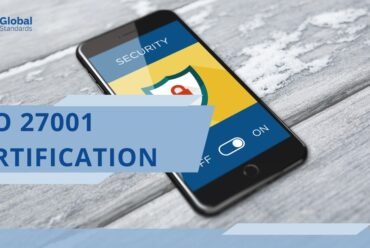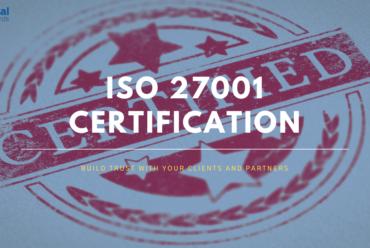Importance of ISO 27001 Certification
Importance of ISO 27001 Certification
Without a doubt, cybersecurity threats are escalating at an alarming rate. Consequently, organizations across all industries are facing unprecedented risks of data breaches, financial penalties, and damaged reputations. In light of these growing challenges, ISO 27001 emerges as a critical safeguard, providing a proven framework for protecting sensitive information while demonstrating compliance excellence.
But what makes this standard so vital today? Let’s examine the compelling reasons why forward-thinking businesses are rushing to implement ISO 27001 without delay. Importance of ISO 27001 Certification.
1. First and Foremost: Unmatched Protection Against Cyber Threats
As cybercriminals develop increasingly sophisticated attack methods, traditional security measures often prove inadequate. ISO 27001, however, delivers comprehensive protection by:
To begin with, it mandates thorough risk assessments to identify potential vulnerabilities. Following this, it requires implementation of stringent controls including data encryption, multi-factor authentication, and advanced monitoring systems. As a result, organizations can transition from reactive to proactive security postures.
For instance, research shows that companies adopting ISO 27001 experience 80% fewer security incidents compared to non-certified peers. Therefore, this standard doesn’t just recommend best practices – it actively prevents devastating breaches before they occur.
2. Seamless Compliance with Evolving Regulations
Meanwhile, global data protection regulations are becoming stricter by the day. From GDPR in Europe to CCPA in California, non-compliance now carries astronomical fines reaching millions of dollars.
Fortunately, ISO 27001 serves as a compliance powerhouse because:
-
It systematically addresses critical requirements of major privacy laws
-
It provides documented evidence of security commitments
-
It establishes clear accountability through defined roles and responsibilities
Accordingly, certified organizations avoid regulatory penalties while simultaneously building stakeholder confidence.
3. Building Unshakable Customer Trust
In today’s breach-prone digital landscape, customers demand ironclad proof of security measures. This is where ISO 27001 certification becomes invaluable as it:
-
Serves as an independent verification of security excellence
-
Differentiates businesses in crowded marketplaces
-
Accelerates sales cycles by eliminating security concerns
To illustrate, a staggering 85% of enterprise buyers prioritize vendors with recognized security certifications. Thus, ISO 27001 doesn’t just protect data – it directly drives revenue growth. Importance of ISO 27001 Certification.
4. Significant Financial Risk Mitigation
Considering that the average data breach now costs $4.45 million, smart businesses view ISO 27001 as a strategic investment rather than an expense.
The financial benefits are clear:
✔ Prevents breach-related costs including forensic investigations and legal fees
✔ Reduces cyber insurance premiums by demonstrating robust controls
✔ Avoids revenue losses from operational downtime
Ultimately, the cost of certification pales in comparison to potential breach expenses.
5. Operational Excellence Through Standardization
Many organizations struggle with fragmented security policies across departments. ISO 27001 solves this by:
First, establishing uniform security protocols enterprise-wide
Next, defining clear metrics for continuous improvement
Finally, implementing regular audits to maintain compliance
As a result, businesses achieve both stronger security and greater operational efficiency.
6. Unlocking Lucrative Business Opportunities
Increasingly, government agencies and Fortune 500 companies mandate ISO 27001 for suppliers. Without certification:
-
IT providers lose government contract eligibility
-
Healthcare companies face HIPAA compliance challenges
-
Fintech startups miss banking partnership opportunities
Conversely, certified organizations gain exclusive access to high-value contracts and tenders.
7. Securing the Future of Work
With hybrid work becoming permanent, ISO 27001 provides essential safeguards for:
-
Remote access security
-
Cloud data protection
-
Mobile device management
Therefore, it enables secure business continuity regardless of workforce location.
8. Rapid Incident Response and Recovery
When breaches occur, ISO 27001-certified companies benefit from:
-
Pre-defined response plans
-
Trained response teams
-
Tested recovery procedures
Consequently, they experience 50% faster recovery times compared to unprepared peers.








No Comments